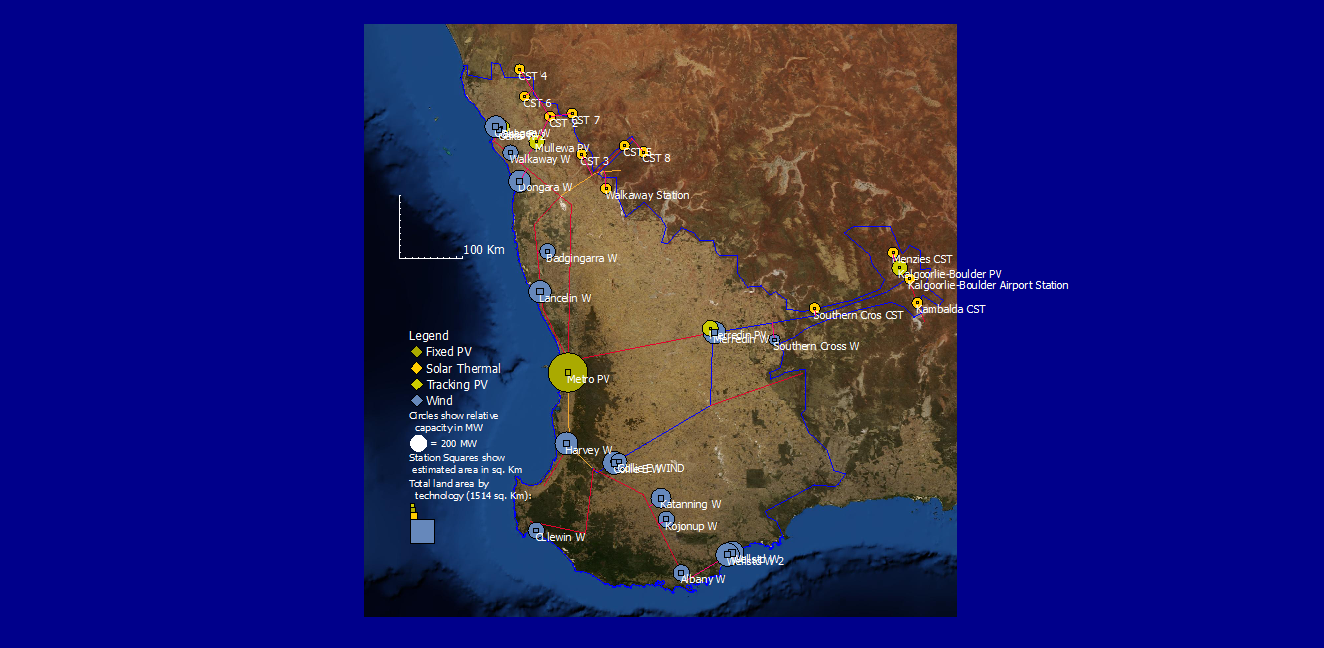All three major Australian political parties agree, (but not with the same urgency) that 'the science is in' on global warming. It's real, it's a man-made problem and it will have to be solved on a global scale. Global action is slowly accelerating with the signing of the 2016 'Paris COP' agreement of 155 nations.
But the media has largely ignored climate policies in the lead up to the coming election and both major parties have been reluctant to debate and present their policies in any depth.. Nearly all experts agree that the Government's 'plan' – essentially paying polluters for emission reductions they should have implemented anyway and paying farmers not to clear some trees– is entirely inadequate to meet their 26% reduction target, which is considered by most other COP parties to be far too low. Labor has a target of 50% renewable power and a plan for two carbon emissions reduction schemes; an emissions trading scheme for industry and a 'baseline and credit' scheme for electricity, which may work (depending on the 'fine print').
A 97% majority of climate scientists declare that disastrous prospect of 3.5 deg.C warming is inevitable if the world were to adopt Australia's current trajectory and that we (humanity) must step up action to achieve 80% decarbonisation before 2050 keep warming below 2 deg. C. Meanwhile our political class seems to be ignoring the issue , fearful of past ill-informed squabbles about the rate at which emissions should be reduced, how it should be done and what cost is acceptable ; some even argue that we do not have the technology to achieve it.
Advertisement
Reducing carbon emissions primarily involves replacing our aging fossil fuelled electricity generators, which account for 33% of our emissions, with low to near zero technologies. At the same time electrifying most transport can reduce emissions by another 10%, modernizing industrial process another 10%, changing agricultural and land use practices another 10%, energy efficiency another 20% and so on.
The modelling I present here focuses on electricity generation. It disproves two myths –that renewable electricity is not workable without baseload fossil fuelled power and that in any case it is too expensive.
Sustainable Energy Now (SEN) - a Perth-based think tank of engineers and scientists of which I am one - has demonstrated that installing wind and solar PV generation to replace the current aging coal powered generators would cost no more than installing new coal and significantly less than nuclear power.
We used our new digital simulation package – SIREN Toolkit –to model the costs and carbon emissions of six electricity generation systems for WA's South-West Interconnected System (SWIS) The software is open source and can be downloaded free of charge from http://www.sen.asn.au/modelling_overview. The 'Clean Electricity WA 2030' study report and modelling spread sheets can be downloaded from: http://www.sen.asn.au/modelling_findings
We modelled several scenarios including three 100%, a 91% and one 85% renewable energy (RE). Key findings include that a system using 85 per cent renewable energy (a combination of wind, solar PV, 'behind the meter' batteries and open cycle gas turbines) would produce electricity slightly cheaper than renewing the current non-sustainable coal and gas generation i.e. 12.8c per kilowatt hour (unit) compared to 12.9c per kWh. It would reduce current carbon dioxide emissions by 85%, equivalent to saving 4.1 tonnes of CO2e per head of population per year.
Figure 1 below shows one of the modelled scenarios. The small squares represent the actual area that would be occupied by the wind turbines and solar panels and the circles show the relative proportion of capacity installed.
Advertisement

The costing assumptions in the study are conservative. Renewable energy (RE) technology costs continue to fall, for example the cost of wind was assumed to be $85 /MWh and the ACT government recently bought wind generation for $77/MWh. The study also conservatively assumes a carbon price of $30/tCO2e (about $25/MWh generated from a black coal power station) with no renewable energy certificate (REC) price (RECs have averaged $38/MWh and are currently used to subsidize RE). Also surplus generation is costed but assumed to be wasted, when in reality it could probably be sold cheaply to offset the modest cost of additional transmission lines (less than 1 c/ kWh).
The cost and CO2 emissions of the 6 main scenarios modelled are summarized below. Business as usual (BAU) means essentially renewing the existing coal / gas system. (Note that $100 per megawatt hour (MWh) = 10c/ kWh):
Discuss in our Forums
See what other readers are saying about this article!
Click here to read & post comments.
49 posts so far.